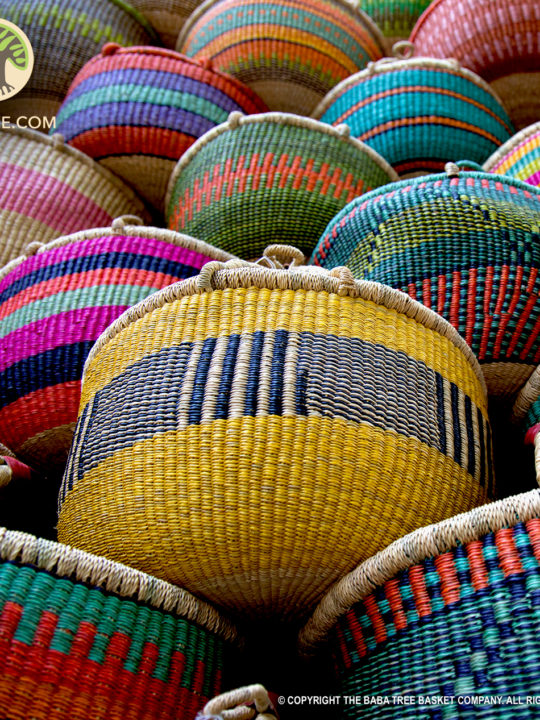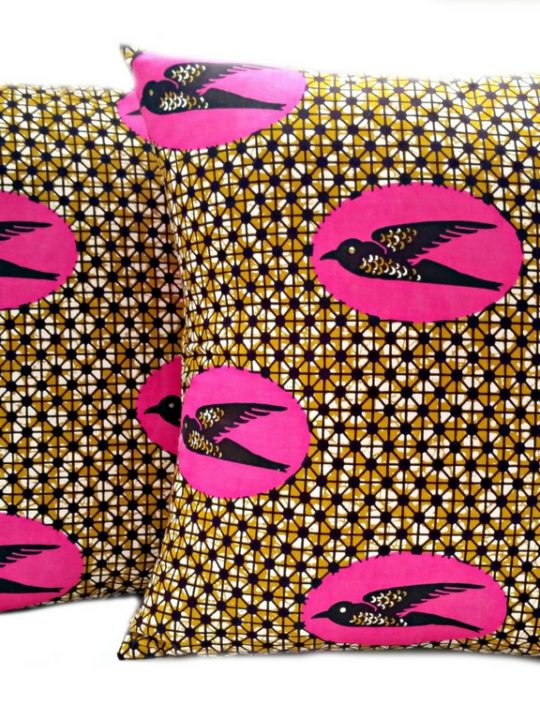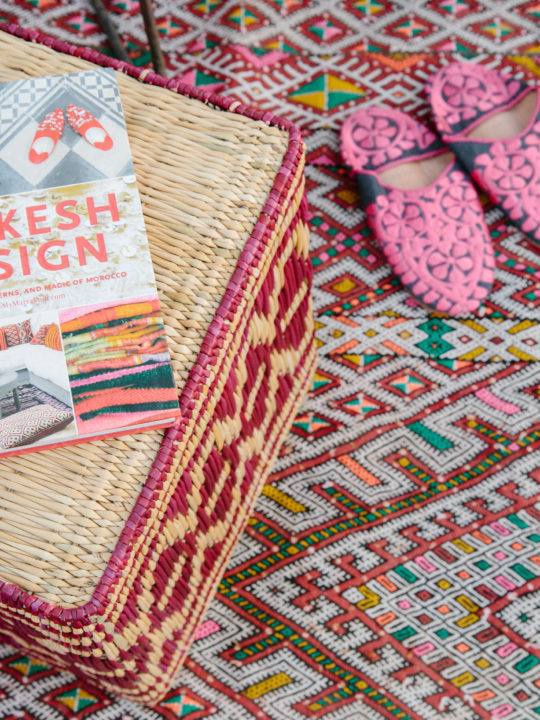Fatyly Ceramics’ recent entry into the Ivorian market gave me the rare opportunity to meet and interact with the designer behind the eponymous brand. The 6ft tall Faty Ly exudes elegance and represents years of entrepreneurial wisdom. Her dynamic line of ceramics is produced in the world famous Limoges, France region, but the inspiration remains distinctly Senegalese, her main muse being Senegalese women. She describes them not only as elegant and hardworking, but also as essential to enterprise and agriculture, particularly in rural settings. Faty’s teacups, artistic plates, and other ceramics are synonymous with African luxury. Today she tells us about her journey and the lessons that made her Designed to Succeed.
Lesson 1: Branch out beyond your borders
FL: “As an African designer, it is important to me to have the widest exposure possible and to get my work known both locally and globally. I believe my products should be consumed as much as any other any other product in the world. At the moment my major retail channels are Terrou-Bi Hotel, Layu Shop in Dakar, Hôtel Particulier in Abidjan, Alara in Lagos and finally, Weendu in New York. Since the luxury industry seems to be playing a growing role in Ivory Coast, it was important for Fatyly to take its latest step to enter this market. I hope more distribution channels will allow me to grow Fatyly’s market share and ensure a steady business profitability.”
Lesson 2: Build a business from your passion and your interests
FL: “As child I was exposed to figurines made by the ceramicist Seni Camara. My work in the ceramics field started in the late 90s in Bobo-Dioulasso and eventually grew to a stage where that interest took me to study the industrial side of ceramics in London. But it was back in Bobo-Dioulasso that I got interested in the local cookware shapes and decorative surfaces and as a food enthusiast, designing tableware was a natural progression. There are two Senegalese dishes I like very much: the « Thiéré Boum », a moringa sauce with millet couscous; my version is made with oxtail. A forgotten meal I also enjoy is « Gourbane »; a traditional dish made with broken millet cooked in a flavorful broth. Oh Lord! So many things I love to cook! I do not even know where to end…I think my plates really open peoples’ imagination and invites them to explore food and not to hesitate to reimagine food combinations in unexpected ways. L’art de la table is a mix of tableware utensils such as plates, bowls, glasses, forks, knives that are collectively used during meals – and the rituals, decoration that allow you to derive extended pleasure from meals. French people seem to be those who eat the longest, they spend 2 hours per day to enjoy their cuisine. When I observe African cultures from one country to another, I notice wares, specific rituals, customs that accompany meals. I believe these are the next elements for Fatyly to draw inspiration from.
Lesson 3: Understand how your product fits into the day to day lives of your market
FL: “For someone to consider « l’art de la table », one must have already resolved the basic needs of life. It is a luxury. If you spend your whole day cutting wood logs and fetching water to cook, art de la table is a far-fetched concept. However there is a substantial portion of the population in Africa and around the globe who can appreciate such a concept and this allows designers like myself to imagine and produce unique ceramic wares.”
Lesson 4: Give design a role in the fight for economic development
FL: “I originally started with lighting. I think the « Pounding Light » piece I designed was an outcome of going back home and having to come to terms with the issues people were facing in their daily lives, among them power shortages. I think designers in Africa are naturally designing products that are « green » and addressing everyday issues. We are drawn to recycling, upcycling because of its immediate application, using accessible materials and everyday objects. I think African designers’ engagement in climate change could be more visible if there was a real collaboration between industries and designers. It is a fact that culture and the arts stimulate economic development and public sector discourse. The economic impact of the creative industry is valued in countries like the US or the UK and I think it is time that governments on the continent make plans to develop art and design education so the African youth and their parents consider creative paths as a viable way of building a career, generating revenue and developing communities.”
Lesson 5: Learn the business of creativity
FL: “I think it is easier to make the leap from a banker or a lawyer to a creative entrepreneur if the passion is there, whereas for a creative it is more challenging to build a creative business. I think traditional careers can always help in making the leap. At the moment art, design schools are not really making creative entrepreneurs; they are producing creatives. Finance, marketing, sales are not taught in many art schools and they are important aspects in building successful businesses.”
Lesson 6: Focus on what you do best
FL: “If you pay attention, failures can be awakening and enlightening moments… At Terang’Art, a gallery I had curated and run for a few years, I was trying to be good at different things. What I now know is you have to be selective and find one thing that you like and be the best at it. I once heard someone say that this is a world for specialists and not generalists…I also think with age, I have become more selective in what I do. My best advice is to focus on the single promise of bringing value to your clients, bringing authenticity to modern products that allows you to differentiate yourself from the competition, and focus on using high quality visuals and powerful branding. These are the powerful tips that have served me in my business.”
Recently returned from a business tour in Bahrain and the UAE among other countries, Faty is focused on growth and new opportunities such as co-branding partnerships. Follow her adventures in business and art on her website www.fatyly.com or on Instagram at @fatylyceramics.
















2 comments
Gorgeous indeed!!! Let me check out her site and see about ordering.
Gorgeous collection. I love how each piece is a piece of her story. I think I need the ones with the trees in my life.
#5 is life!! I’m a creative and was not prepared for the rigors of running a design business for sure.